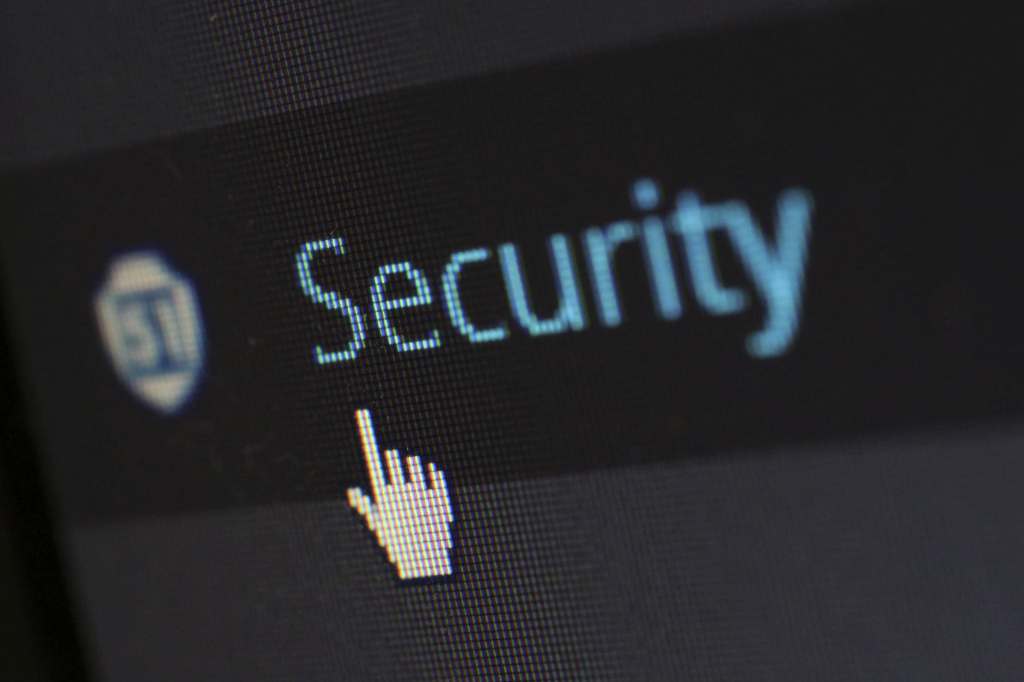11 Dec

|
Getting your Trinity Audio player ready...
|
Cyber-attacks are some of the worst problems that organizations can face today. When a company falls victim to hacking, phishing, spamming, and other forms of intrusion such as ransomware and DDoS attack, they could suffer financial losses.
A cyber-attack will also damage a company’s reputation, which can be hard to restore. If their clients are affected by the data breach, the organization’s standing will be further ruined. They may face legal suits as well.
Since companies are vulnerable to various acts of cybercrime, being vigilant against these threats should be a top priority for all organizations.
Table of Contents
Best Cybersecurity Practices for Organizations
Organizers of CyberWeek, an annual cybersecurity conference, and training event in the UAE say that companies that have been successful in warding off cyber-attacks have effective practices in place that prevent these assaults from happening.
If you are looking for ways to beef up your organization’s cybersecurity, take a page from cyber-smart companies and implement these practices in your firm:
1. Establish a formal cybersecurity policy
A written policy is the foundation of all cybersecurity measures you will implement in your company. It will function as the basic guideline for the whole organization, which everyone needs to follow to protect data from threats and attacks.
Moreover, the formal policy will provide you a way to impose crucial rules that will protect your data. Additionally, it will enable your security specialists and employees to be on the same page and gives you a way to enforce rules that protect your data.
Creating a centralized security policy can be valuable as a basic guideline for the whole organization. However, if you have a large company, it may not be enough to cover all processes in each department. In such instances, ask your section heads to create their own security policies which will include their individual needs while integrating the central plan.
2. Conduct risk assessments regularly
Whether you are implementing a cybersecurity policy for the first time or updating an existing one, keep in mind that regulatory compliance is not a total solution. Every industry has its own particular and hidden risks. Because of this, focusing on meeting all the standard regulations won’t be enough to protect your most sensitive data.
To ensure you have a cybersecurity policy that works, conduct a thorough risk assessment when creating and updating the program. This will help you prioritize your security measures and ensure your strategy will cover the whole organization.
Additionally, by conducting regular risk assessments, you will avoid a lot of possible costly and stressful issues such as resolving potential breaches and leaks and paying fines for failing to comply with industry regulations.
When conducting risk assessments, pinpoint the weak points in your cybersecurity and make the necessary modifications. Be on the lookout for new hacking techniques as well.
3. Keep all computer security software updated
Regardless of the anti-virus and cybersecurity software, you have emplostalled in the company computers, make sure they are regularly updated and upgraded. New viruses and threats come out all the time. Protect your data, network, and machines by keeping all your software up-to-date.
When your anti-virus software is constantly updated, you will be certain it contains the latest files needed to detect and combat new viruses and protect your computer.
Additionally, keep the network firewall always updated as well. By doing so, you ensure this security feature has the latest threat prevention and network management capabilities.
Updating it regularly allows you to implement bug fixes that will address issues that usually arise from changes in external software.
4. Back up all data regularly
Backing up data is one of the best security best practices that all companies need to follow. This technique is an excellent way to be prepared when your organizations become a victim of a ransomware attack.
Regularly back up all databases, word processing documents, electronic spreadsheets, and financial, accounting and HR files. Back up all data stored in the cloud as well. If possible, store backup data in a separate location to protect them from fire or flood.
Make sure the data are thoroughly protected and encrypted as well. Lastly, check them frequently to be sure they are up to date and that they are working correctly.
5. Invest in cybersecurity training for your employees
Lastly, allowing your staff to be informed and updated regarding the latest trends and innovations in cyber-attacks and cybersecurity will help your company protect sensitive data from other threats.
Cybersecurity training courses will give your employees opportunities to learn about the latest cyber threats. They will then be able to recognize the signs of an attack and know how to prevent or avoid it.
Training programs of this kind educate the participants to be aware of security threats, how they might present themselves, and what procedures they should follow once they have identified the danger. They help strengthen a weak link in the chain – your employees.
Cybersecurity training programs will also teach your employees the latest best practices in creating and handling passwords and opening their social media accounts and personal emails inside the workplace. Although these may seem like simple, harmless habits, careless employees can leave your network vulnerable to threats.
Since all organizations are now susceptible to cyber-attacks, take precautionary measures to prevent them from happening to your company. Start by following the habits and practices listed above.
AUTHOR BIO
Dhillon Andrew Kannabhiran (@l33tdawg on Twitter) is the Founder and Chief Executive Officer of Hack in The Box (http://www.hitb.org), organizer of the HITBSecConf series of network security conferences which has been held annually for over a decade in various countries including Malaysia, The Netherlands, and the UAE.



2 Comments
jeet vegda
Hello,
This is such good information.
Thank you for sharing.